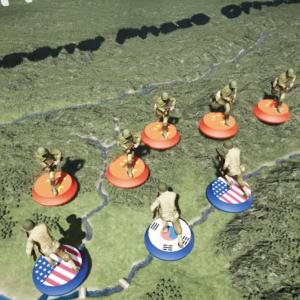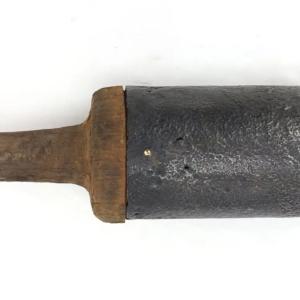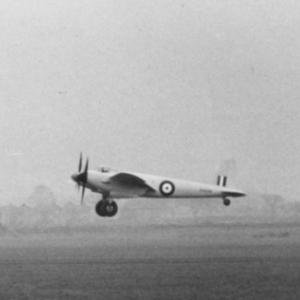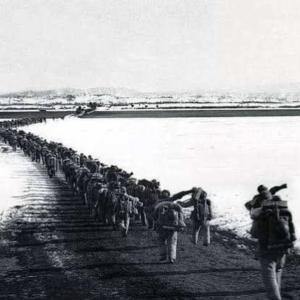
Wooden Wonders First Flight
On a cool autumn morning on the 25th of November 1940, an unarmed, unpainted wooden aircraft lifted off from the grass runway at Hatfield Aerodrome in Hertfordshire. It was the first flight of the de Havilland Mosquito, one of the most remarkable aircraft ever built. The test pilot was Geoffrey de Havilland Jr., the son of the company’s founder, accompanied by engineer John Walker. The world was deep in war, and Britain was desperate for innovation. What made this flight extraordinary was not only that the aircraft was fast and agile, but that it was made almost entirely of wood, earning it the affectionate nickname “The Wooden Wonder.”
The Mosquito had taken off for the first time just before midday. It climbed smoothly into the sky, circling above the airfield while a small group of engineers, designers, and company staff watched from below, holding their breath. Among them was the aircraft’s chief designer, R.E. Bishop, and Sir Geoffrey de Havilland himself, who had championed the idea of a lightweight, high-speed bomber that relied on speed rather than heavy armour or guns for protection. The first flight lasted around thirty minutes, long enough to test the controls, handling, and engines, before de Havilland Jr. brought the aircraft safely back down. The flight was a complete success, and those who witnessed it knew they had seen something special take to the skies.
The concept of the Mosquito had been born a few years earlier, when Geoffrey de Havilland and his design team proposed a fast twin-engine aircraft built largely from wood—a material that was readily available and would not compete with metal supplies needed for other warplanes. The Air Ministry had been sceptical at first, unsure about a bomber without defensive guns, but de Havilland’s belief in the idea never wavered. He argued that the aircraft’s speed and agility would make it virtually untouchable. His vision proved right; the Mosquito would go on to become one of the fastest operational aircraft of the Second World War.
The prototype, known as W4050, was built in secrecy at Hatfield during the height of the Blitz. Engineers and carpenters worked under difficult conditions, often with limited resources and under the constant threat of air raids. Its construction was a blend of fine craftsmanship and technical innovation, using plywood and balsa wood to create a light but strong frame. When the Mosquito finally stood ready on the runway that November day, it was unlike anything the British aircraft industry had ever produced.
That first flight demonstrated not only that the aircraft could fly, but that it could fly beautifully. Geoffrey de Havilland Jr. later described it as “a delight to handle,” and subsequent tests confirmed that it exceeded all expectations. From its humble wooden beginnings, the Mosquito evolved into a versatile and formidable aircraft used for bombing, reconnaissance, and even as a night fighter. It was so fast that it could often outpace the German fighters sent to intercept it.
The small crowd gathered at Hatfield on that grey November morning could hardly have imagined the legendary status their creation would achieve. In time, the Mosquito became one of Britain’s greatest wartime successes, admired for its elegance, ingenuity, and astonishing performance. What began as a daring experiment in wood ended as one of the most respected and effective aircraft of the entire war—a testament to British creativity and courage when both were needed most.
Remarkably, the very aircraft that made that first historic flight, Mosquito prototype W4050, still survives today. It has been carefully preserved and restored, and can now be seen at the de Havilland Aircraft Museum in London Colney, Hertfordshire—just a few miles from where it first took to the skies.










